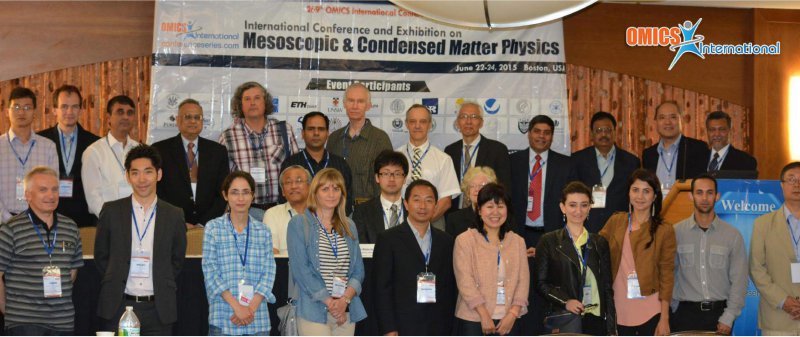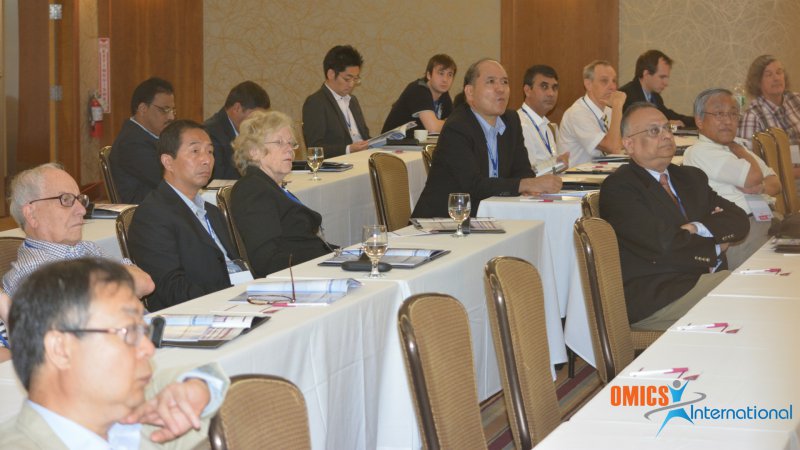
Peter L Hagelstein
Massachusetts Institute of Technology, USA
Title: Condensed matter nuclear science: Basic experiments, theoretical notions and applications
Biography
Biography: Peter L Hagelstein
Abstract
In 1989 Fleischmann and Pons announced the observation of excess heat in a PdD electrochemistry experiment, which was immediately controversial. Shortly after, Fleischmann and Pons were discredited, along with all other researchers who continued in the field. Flash forward by a quarter of a century, and some things have changed, while others have not. Not only has the basic excess effect been seen now in hundreds if not thousands of experiments, but the technology has moved forward to the point where commercialization might be considered. From a large number of different kinds of experiments (some involving excess heat, and some involving other anomalies such as collimated x-ray emission) a picture is suggested as to what is going on microscopically. However, the researchers in the field remain discredited, and there has been very little support. It has long been recognized that the anomalies are inconsistent with textbook condensed matter physics and nuclear physics. At present there is no accepted explanation for the anomalies. We have been working with augmented spin-boson models for some years now in which coherent energy exchange occurs between quantum systems with highly mismatched quanta. We have proposed a new condensed matter Hamiltonian which is augmented to include internal nuclear degrees of freedom, which is thought by us to be applicable systematically to all of the anomalies. We propose to give an overview of both the relevant experimental results and theoretical ideas in this talk.


